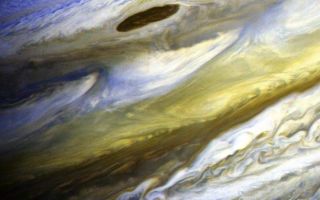
PIA01524: Jupiter's Equatorial Zone in Exaggerated Color
|
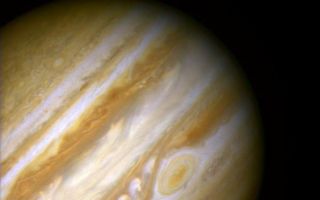
PIA01594: Hubble Views Ancient Storm in the Atmosphere of Jupiter - Full Disk
|
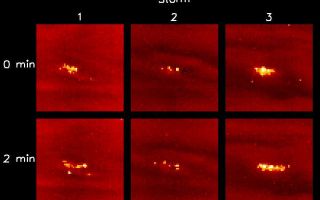
PIA01636: Changing Lightning Storms on Jupiter
|
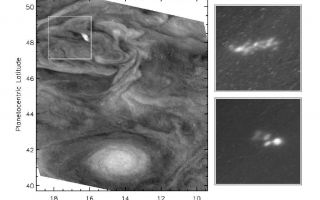
PIA01638: Jovian Lightning and the Daytime Storm
|
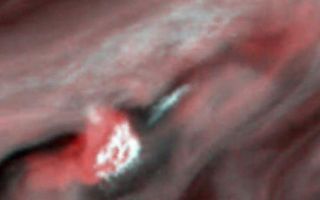
PIA01639: Water Cloud Thunderstorm Northwest of Great Red Spot
|
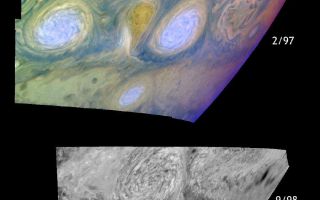
PIA01650: Historic Merger of Storms on Jupiter
|
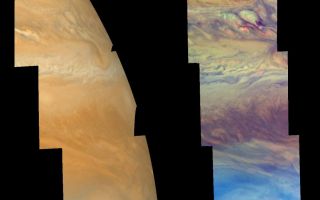
PIA02097: Cloud Features North of Jupiter's Equator
|
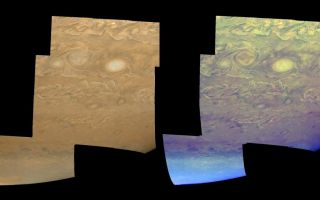
PIA02098: Clouds and Hazes of Jupiter's Southern Hemisphere
|
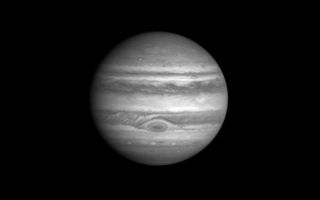
PIA02666: Cassini "First-Look" Images of Jupiter
|
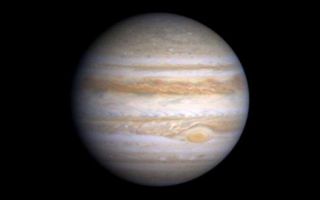
PIA02821: Jupiter's Great Red Spot in Cassini image
|
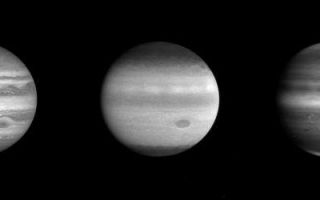
PIA02822: Jupiter in blue, ultraviolet and near infrared
|
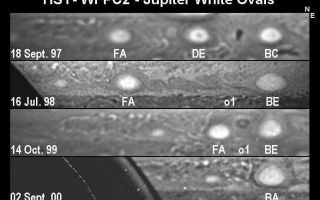
PIA02823: Oval Storms Merging on Jupiter
|
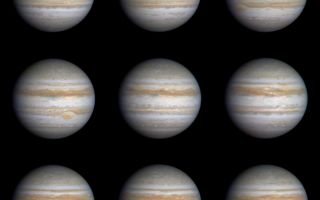
PIA02825: Nine Frames as Jupiter Turns
|
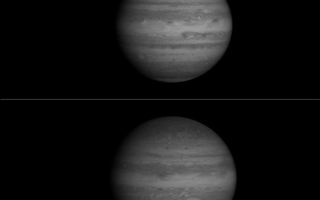
PIA02826: Jupiter and Europa in Near Infrared
|
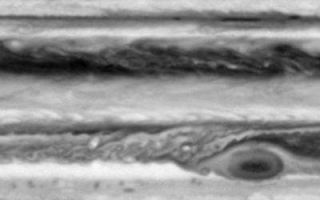
PIA02830: Still from Red Spot Movie
|
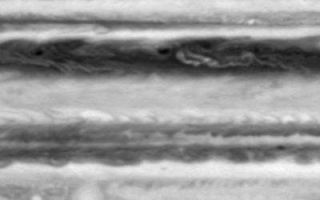
PIA02832: Still from Processed Movie of Zonal Jets
|
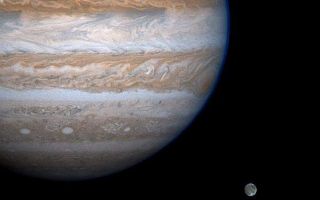
PIA02837: Eyeing Ganymede
|
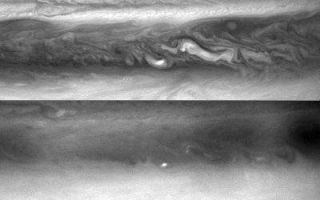
PIA02838: Northern Belt of Jupiter
|
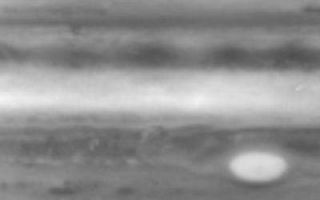
PIA02851: Still from High-Clouds Jupiter Movie
|
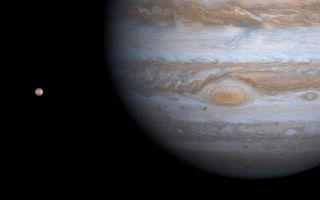
PIA02852: Jupiter Eye to Io
|
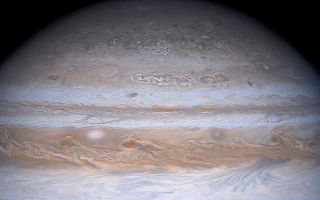
PIA02856: High Latitude Mottling on Jupiter
|
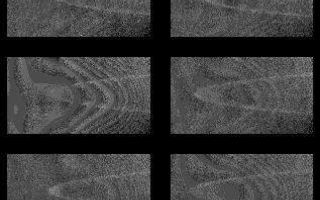
PIA02859: Jupiter's Main Ring and 2 Satellites
|

PIA02860: Io in Front of Jupiter
|
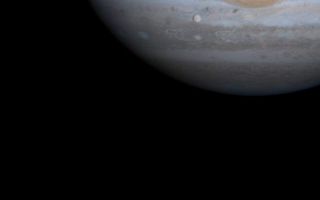
PIA02861: Europa and Callisto under the watchful gaze of Jupiter
|
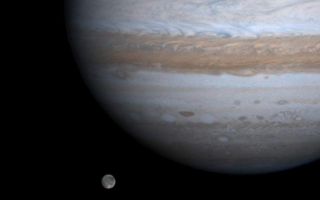
PIA02862: Ganymede and Jupiter
|
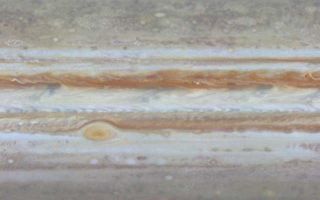
PIA02864: Still from Planetwide Movie
|
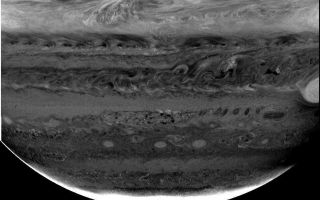
PIA02865: Jupiter Clouds in Depth
|
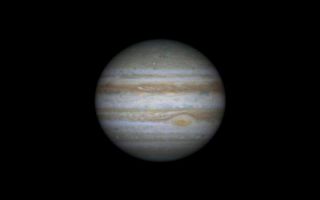
PIA02866: 3-D Atmosphere Movie
|
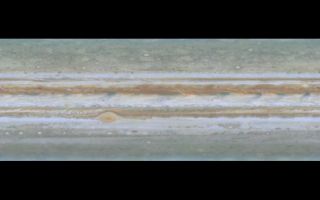
PIA02867: 2-D Atmosphere Movie
|
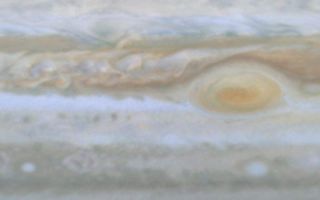
PIA02868: Turbulent Region Near Great Red Spot
|